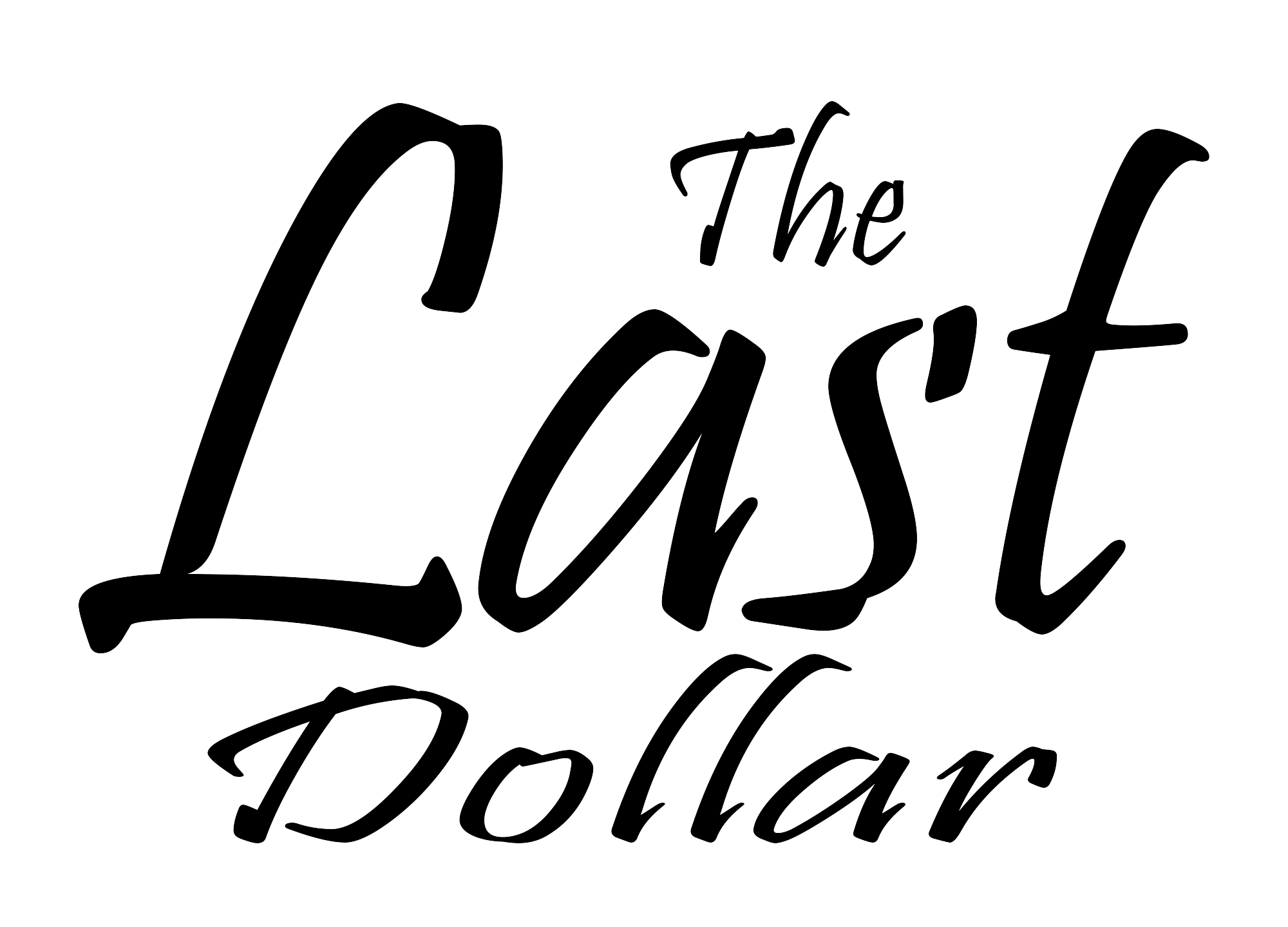In recent years, the FIRE movement has gained significant attention among those seeking financial independence and early retirement. FIRE, which stands for “Financial Independence, Retire Early,” is a lifestyle that focuses on saving and investing aggressively to achieve financial freedom long before the traditional retirement age. But is retiring early truly achievable for everyone? And what does it take to get there? Let’s dive into the FIRE movement and see what it entails.
What Is the FIRE Movement?
At its core, the FIRE movement is about achieving financial independence as quickly as possible. Followers of FIRE aim to save a large percentage of their income—often 50-70%—and invest it wisely, with the goal of accumulating enough assets to live off of the passive income generated by investments.
The key to this strategy is a combination of extreme frugality, smart investing, and a commitment to maintaining a minimalist lifestyle, even after retirement. The ultimate goal is to reach a point where your investments generate enough income to cover your living expenses, allowing you to step away from the workforce for good.
How Does FIRE Work?
The primary principle behind FIRE is the “25x Rule,” which is based on the 4% withdrawal rate. This rule suggests that you should aim to save 25 times your annual living expenses to achieve financial independence. For example, if you need $40,000 a year to live comfortably, your target savings should be $1 million. Once you reach this amount, you can safely withdraw 4% each year to cover your expenses without depleting your portfolio.
To reach this goal, most FIRE enthusiasts take on a combination of high savings rates, low-cost living, and disciplined investing. Many adherents also find ways to boost their income through side hustles, entrepreneurship, or career advancements, accelerating their path to early retirement.
Types of FIRE
The FIRE movement is not a one-size-fits-all approach, and several variations have emerged based on different lifestyles and financial goals. Some of the most popular types include:
- Lean FIRE: For those who are comfortable living on a tight budget, Lean FIRE involves saving enough to retire early but with minimal living expenses. Followers of Lean FIRE are often willing to make significant sacrifices in order to reach their goal.
- Fat FIRE: On the other end of the spectrum, Fat FIRE is for those who want to retire early but still maintain a more comfortable lifestyle. This approach requires a larger savings goal to support higher living expenses.
- Barista FIRE: A middle ground between traditional FIRE and continuing to work full-time, Barista FIRE allows individuals to retire early but still take on part-time work to supplement their income and cover some of their expenses.
Can You Really Retire Early with FIRE?
While the concept of early retirement is certainly appealing, it’s important to recognize that the FIRE movement is not for everyone. Achieving financial independence requires a great deal of discipline, careful planning, and sacrifice. Here are a few factors to consider when evaluating if FIRE is right for you:
- Income and Savings Rate: The higher your income and the more you can save, the quicker you can reach your FIRE goal. However, for those with lower incomes or significant financial obligations, such as debt, the path to FIRE may take longer and require more strategic planning.
- Investment Strategy: Building wealth through investing is a critical component of the FIRE movement. You need to be comfortable with investing in assets such as stocks, real estate, or index funds, and be willing to ride out market fluctuations over time.
- Lifestyle Choices: FIRE involves adopting a frugal mindset, often cutting back on discretionary spending and living well below your means. For some, this minimalist approach may be easy, while others might find it challenging to give up certain luxuries or experiences.
- Healthcare and Unforeseen Expenses: Retiring early means you’ll need to plan for healthcare coverage and other expenses that typically come with employer-sponsored benefits. Additionally, unexpected life events, such as medical emergencies or economic downturns, can impact your savings and long-term financial security.
Is FIRE Worth the Sacrifice?
The FIRE movement has its pros and cons, and whether it’s the right path for you depends on your personal values, financial situation, and long-term goals. For some, the idea of sacrificing a portion of their current lifestyle for future financial independence is well worth it. For others, the trade-off between frugality and quality of life may feel too extreme.
However, even if retiring in your 30s or 40s feels out of reach, adopting some FIRE principles can still benefit your financial health. By focusing on saving more, investing wisely, and cutting back on unnecessary expenses, you can build a stronger financial foundation and potentially retire earlier than you might have otherwise.
Conclusion: The FIRE Movement
The FIRE movement offers a blueprint for financial independence and the possibility of early retirement, but it’s not without its challenges. While some may find the prospect of extreme frugality daunting, others are drawn to the freedom that comes with financial independence. Whether you fully embrace FIRE or simply adopt some of its strategies, the key takeaway is clear: the more you save and invest, the closer you’ll get to achieving financial freedom on your terms.
Discover our expert blogs for insightful tips on managing your finances effectively! Also, don’t forget to follow us on X.












